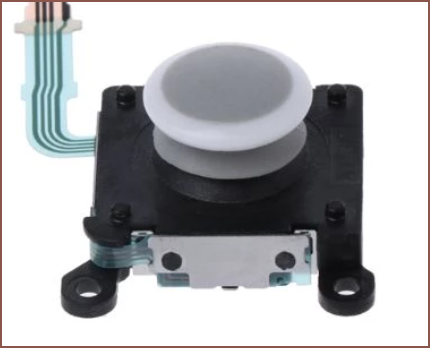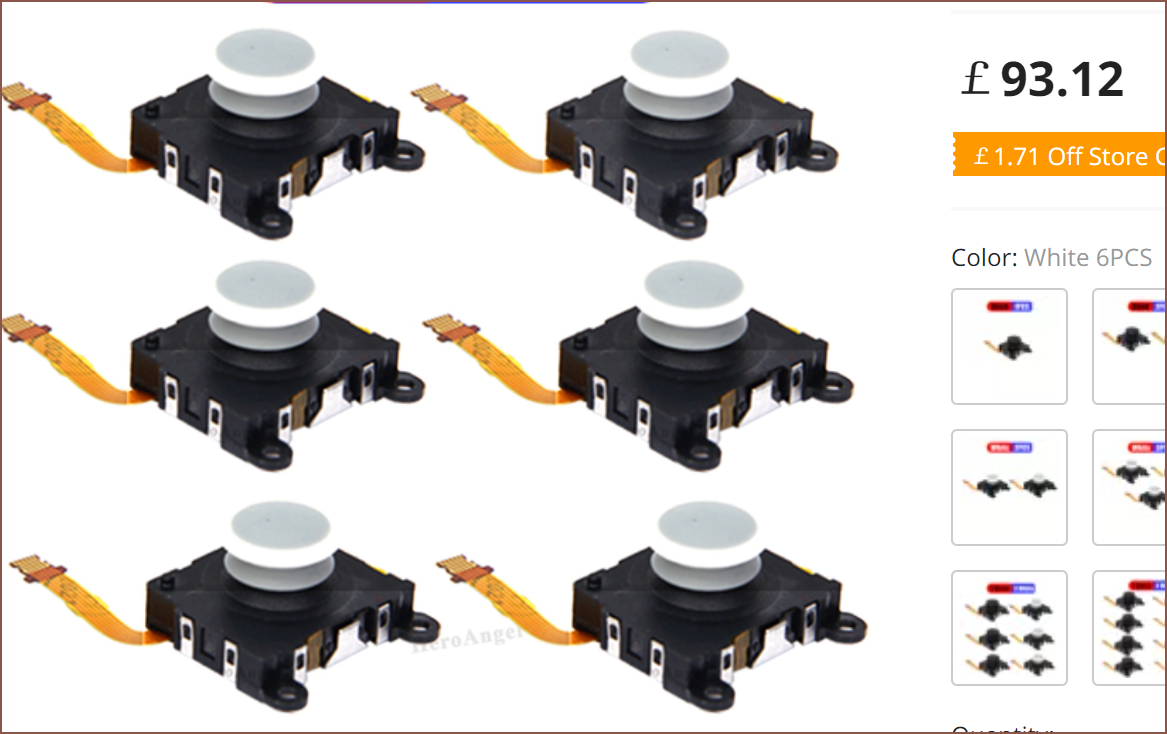I'm doing some higher accuracy mental simulations to validate a solution can actually exist IRL and not in a idealistic and abstracted reality.
This started with the layout for #Tetent Tiny [gd0040], as there were 2 main issues with my mental design. The first was the location of the buttons for the thumb. Thanks to #Tetent Timespy motivating a reduction from 5 to 2 keys, I think I have an ergonomic solution.
The second issue was the length of the keyboard due to the staggered layout between the centre and side finger columns. I did it because the centre finger seemed to naturally align 1 button-length higher than the side fingers, but trying to virtually chord something like AAA (bottom button on all 3 columns) required more mental compute than it should. Therefore, I'm removing the stagger and having a 3x5 column of keys. This should also mean that 2mm steel dowels should be usable in the design, and the key heights of the side finger columns should be closer to the centre finger column. Both of these optimisations should reduce the overall thickness of gd0040 by at least 2mm.
The next computation was for the column actuation weight adjustment. Similar to the tensioning system for the E3D Titan extruder (that uses a screw and not a knob), I plan to use M2 countersunk screws in the keyboard body and M2 nuts in the adjustment bars (the orange looking things in #TeTwin Switches [gd0041]). This should require an additional 4mm on the top and bottom of each column, which is good considering I was actually expecting over 5mm for a solution that required dissassembly of the keyboard. This solution lets users easily adjust the weight of the keys with a small allen screw. This calculator predicts that a 2mm adjustment window will allow betweeen 172 - 23g of adjustment for N35 magnets.
The computation I'm currently on is the joystics. The attempt from the last 2 paragraphs didn't shrink the keyboard for the Timespy like I hoped (36mm for staggered and no space for adjustment vs 38mm for grid and adjustment screws) and so I wanted to validate that the joystics could still fit. It turns out that one of the tabs with holes in them need to be cut off so that they can fit 19.5mm apart.
 However, this brought my attention to a bigger issue, which is the short ribbon cable. I think it's some kind of conductive ink and is likely unsolderable. I then started to move the joystick with my thumb and was like "hmm I feel like my PSVITA had weaker springs and I'm starting to think that it isn't because I've used them more.". If my thumb is feeling some resistance, my fingers are going to struggle. Well a bit of internet searching revealed that it's true.
However, this brought my attention to a bigger issue, which is the short ribbon cable. I think it's some kind of conductive ink and is likely unsolderable. I then started to move the joystick with my thumb and was like "hmm I feel like my PSVITA had weaker springs and I'm starting to think that it isn't because I've used them more.". If my thumb is feeling some resistance, my fingers are going to struggle. Well a bit of internet searching revealed that it's true. The PSVITA 1000 joysticks look noticably different, but more importantly, wayyyyy more expensive.
The PSVITA 1000 joysticks look noticably different, but more importantly, wayyyyy more expensive. Why do they cost so much? Are they collectables now? And the PSVITA 2000 were already the most expensive joysticks I knew until this moment, coming in at around £4 each. Anyway, now I'm on the lookout for some low actuation force, mini joysticks. I'm not sure if those even exist since I can only imagine that companies only made them with thumb use in mind. Perhaps I'd have to pivot and use the mini blackberry trackpads as virtual joysticks. I currently have 9, and this could be an opportunity to try and merge Tetent and Tetent Turntable into one.
Why do they cost so much? Are they collectables now? And the PSVITA 2000 were already the most expensive joysticks I knew until this moment, coming in at around £4 each. Anyway, now I'm on the lookout for some low actuation force, mini joysticks. I'm not sure if those even exist since I can only imagine that companies only made them with thumb use in mind. Perhaps I'd have to pivot and use the mini blackberry trackpads as virtual joysticks. I currently have 9, and this could be an opportunity to try and merge Tetent and Tetent Turntable into one.Anyway, it's reasons like these (joysticks being slightly less ideal than the mental twin* used in the inital mental simulation) that I need to compute more accurate simulations, because it doesn't seem to take much for a solution to fail.
*(like the digital twin that NVidia talks about these days, but in the mind)
 kelvinA
kelvinA
Discussions
Become a Hackaday.io Member
Create an account to leave a comment. Already have an account? Log In.